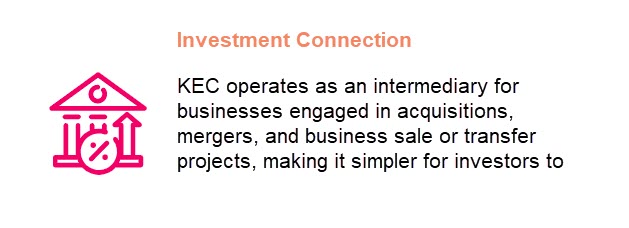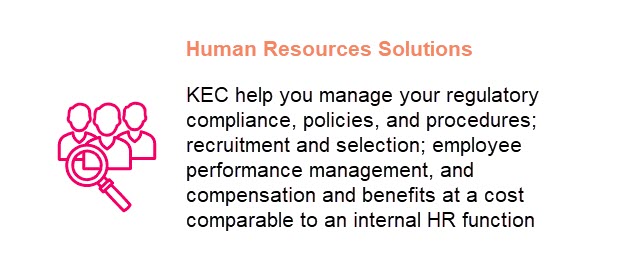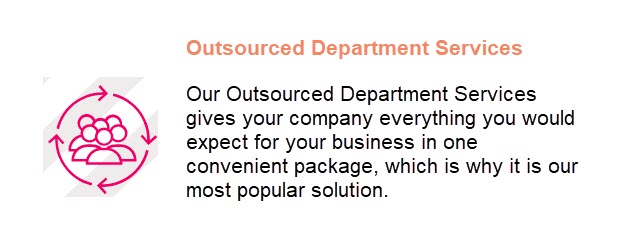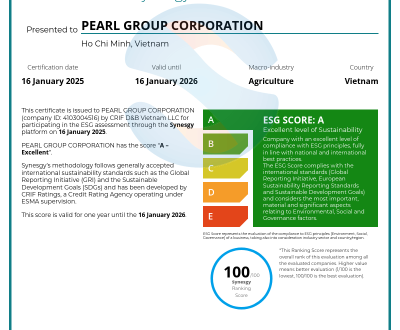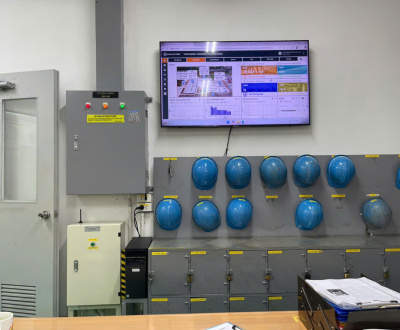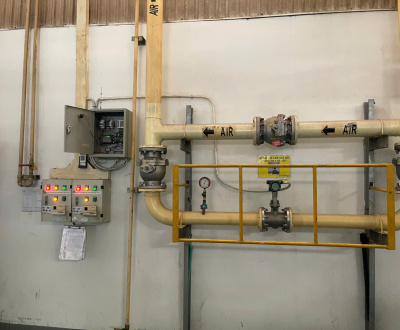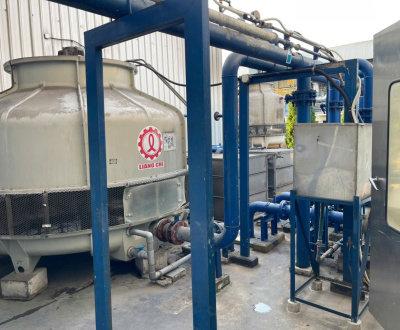Vietnam pledges no new coal plants after 2030
HANOI – Vietnam will not develop new coal power plants after 2030, according to a long-delayed national power plan published on Tuesday, although the blueprint drew criticism that the transition to renewables is too slow.
The South-east Asian country committed to reaching net-zero carbon emissions by 2050 at the COP26 climate summit in 2021.
The US$135 billion (S$181 billion) plan for its energy policy until 2030, mapping how it will reach those targets, was delayed for more than two years, with more than one earlier draft pointing to renewed investment in coal.
According to the new plan, known as Power Development Plan 8, “by 2030, only coal power projects that have already been approved and those under construction can proceed”.
Coal will represent 20 per cent of Vietnam’s energy mix by the end of the decade, down from 50 per cent currently, the plan says.
Researcher Andri Prasetiyo of Trend Asia said the decision to move forward with coal power projects until 2030 would “significantly increase the country’s coal power capacity, hindering the development of renewable energy sources”.
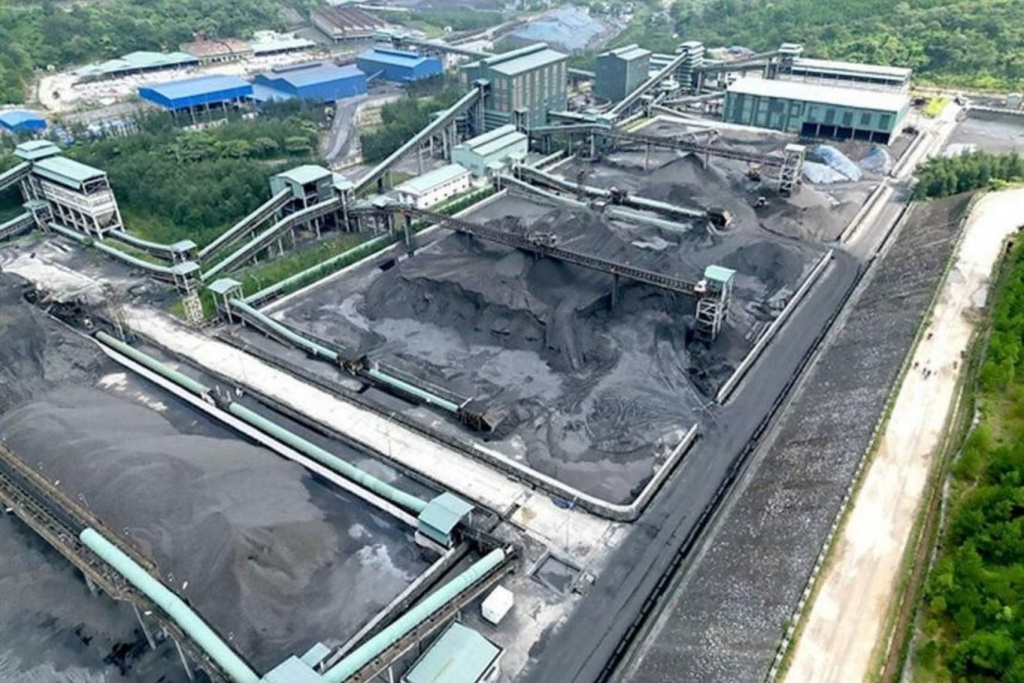
He said the prioritising of gas as an intermediate step towards renewables was “disappointing”.
Domestic gas will account for 9.9 per cent of the country’s energy by 2030.
‘Shift to zero-emission fuels’
The power development plan, approved by Prime Minister Pham Minh Chinh on Monday, pledges that coal will no longer be used for electricity production by 2050.
There will be a “shift to zero-emission fuels such as biomass, or ammonia”, it says.
However, Mr Prasetiyo said this switch would require substantial funds for repurposing existing fossil fuel power generation and warned that ammonia was “not a realistic and viable alternative”.
Vietnam has the world’s third-largest pipeline of new coal power projects after India and China.
Wealthy countries approved a deal in December 2022, known as the Just Energy Transition Partnership, to provide Vietnam with US$15.5 billion to help it transition away from coal faster.
The power development plan also outlines a target for 50 per cent of office and residential buildings to use self-produced solar power by 2030.
Vietnam ranked in the top 10 globally for solar energy capacity in 2021, but its success has since hit a roadblock.
Infrastructure limitations mean transmission lines cannot handle supply spikes, forcing a limit on how much power operators can feed into the grid.
Vietnam aims for solar to represent 8.5 per cent of its energy mix by 2030.
The communist country presently relies mostly on coal and hydropower for its energy.
Its national electricity provider releases statements every summer asking their clients to reduce electricity consumption to reduce strain on the power system.
AFP
WHERE WE CAN HELP YOU
Consultancy Industries
We offer a variety of business and management consulting services that support your needs today while continuing to meet your needs in the future. We offer a suite of solutions to support your growth plan and the optimization of your organization as a whole.

